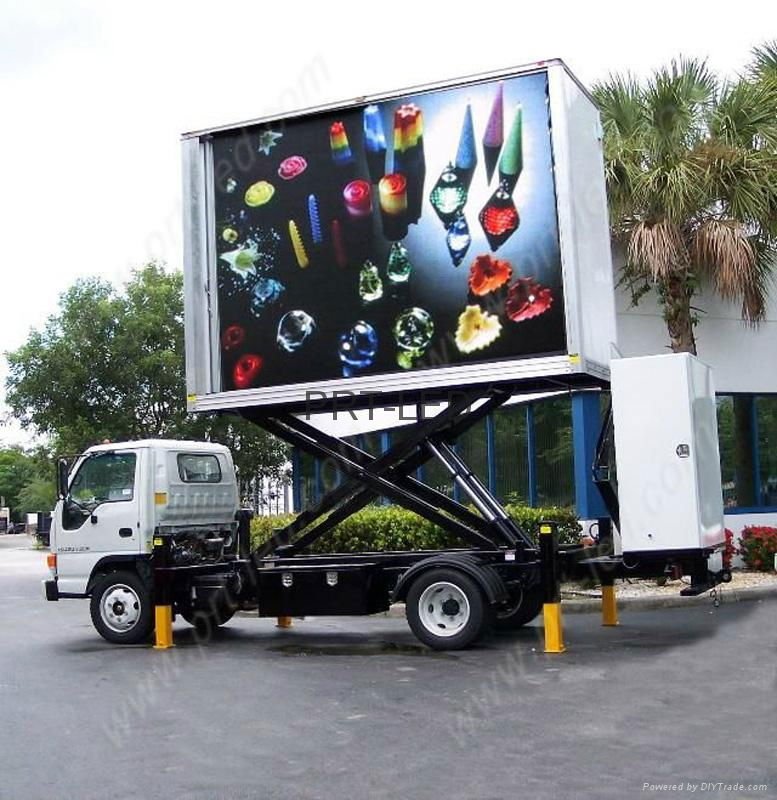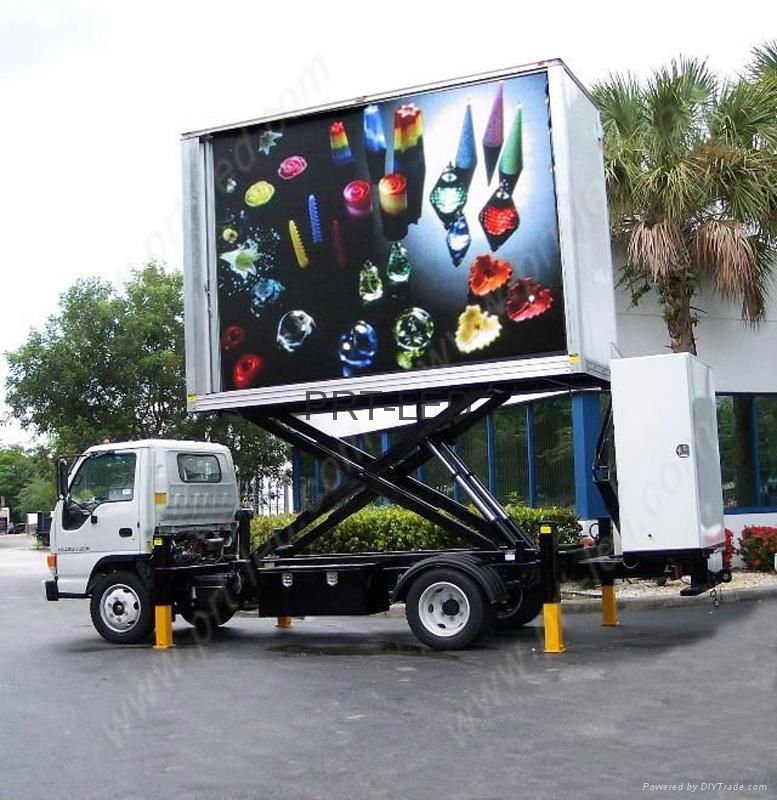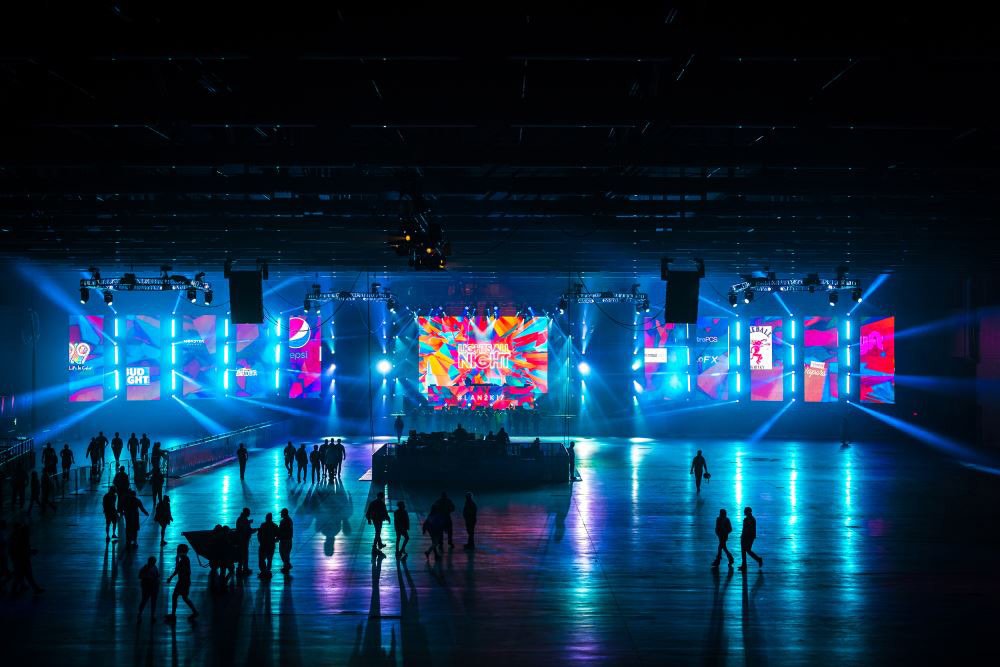In the world of digital displays, Surface-Mounted Device (SMD) screens have transformed the way we showcase information and visuals. Known for their compact LED setup, SMD screens offer superior resolution, brightness, and color consistency, making them ideal for both indoor and outdoor applications. From retail and advertising to event displays, SMD technology has become the gold standard for high-quality digital displays across numerous industries.
This post dives deep into what SMD screens are, how they work, their benefits, and where they’re most commonly used. Whether you’re a business owner looking to upgrade your displays or a tech enthusiast, this comprehensive guide will give you everything you need to know about SMD screens.

What is an SMD Screen?
SMD (Surface-Mounted Device) screens are a type of LED display where the LEDs are mounted directly on the screen surface rather than being housed in separate components. This arrangement makes SMD screens slimmer, more compact, and capable of delivering brighter, clearer images. Each LED in an SMD screen represents a pixel or a cluster of pixels, making it possible to display high-definition content with vibrant colors and fine details.
Key Components of an SMD Display
SMD displays consist of three primary elements:
- SMD LEDs: Small LEDs mounted on the surface of the screen, producing colors by combining red, green, and blue diodes.
- Circuit Board: Houses the electronic components and controls the LEDs.
- Display Panel: The visible part of the screen where images and videos are displayed.
This efficient setup enables high brightness levels, energy efficiency, and a long-lasting display, making it a top choice for commercial and public applications.
Advantages of SMD Displays
- High Resolution: SMD displays deliver superior resolution, making them ideal for displaying detailed graphics and videos.
- Vibrant Colors: With advanced RGB color control, SMD displays provide exceptional color consistency and brightness.
- Energy Efficiency: SMD displays consume less power, helping reduce energy costs over time.
- Wide Viewing Angle: The compact design allows for a wide viewing angle, making content visible from various positions.
- Durable Design: Built to withstand various weather conditions, SMD displays are suitable for outdoor use as well.

Applications of SMD Displays
The versatility of SMD displays allows them to be used across different sectors:
- Retail & Advertising: Bright, attention-grabbing screens perfect for storefronts and billboards.
- Events & Concerts: Large-format screens enhance audience engagement.
- Corporate: Ideal for boardroom presentations and corporate events.
- Transportation Hubs: Used for displaying schedules, directions, and announcements in airports and train stations.
Final Thoughts
In summary, SMD displays represent a significant advancement in display technology. With their compact size, vibrant colors, and energy-efficient design, SMD displays have become the preferred choice for a variety of applications, from advertising and events to corporate and public displays. Whether you’re looking to capture attention with a digital billboard or enhance the visual experience at an event, SMD screens provide a high-quality solution.
FAQs
1. What does SMD stand for in SMD displays?
SMD stands for Surface-Mounted Device, referring to the technology used to mount LEDs directly onto the screen surface.
2. Are SMD displays suitable for outdoor use?
Yes, many SMD displays are designed to withstand weather conditions, making them perfect for outdoor applications.
3. How do SMD displays differ from traditional LED screens?
SMD displays offer higher resolution and more color accuracy due to the compact arrangement of LEDs on the screen surface.
4. Are SMD displays energy-efficient?
Yes, SMD displays are designed to consume less power, making them a cost-effective solution.
5. Can SMD displays display high-definition content?
Absolutely! SMD displays are known for their high-resolution capabilities, making them suitable for HD and even 4K content.




